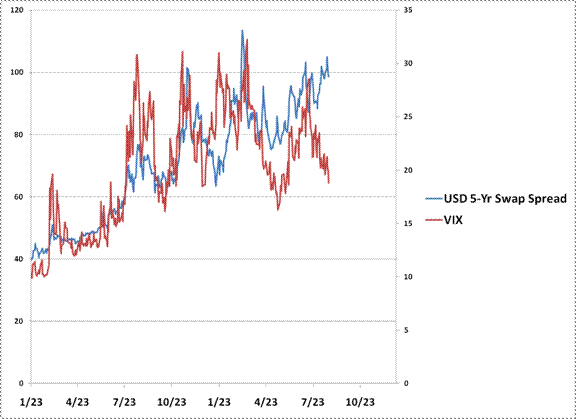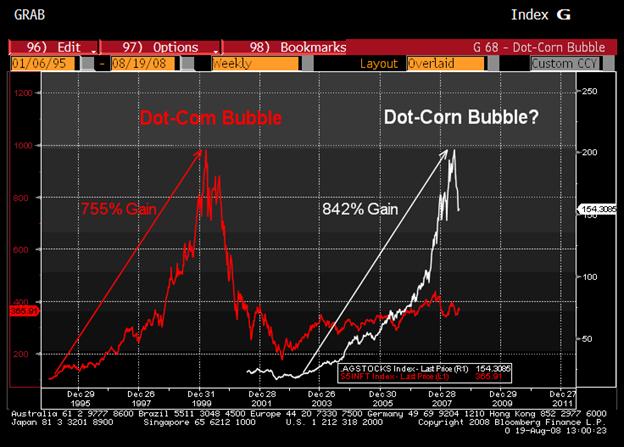Re: Bearish Information
You're welcome Jim.
I agree on all the real vs. unreal issues... and also think that its a sign of the times and general decline in "marketing" and "spin" and "PR" truths. And it didn't start recently either... I imagine you remember the Wonder Bread "Build strong bodies 12 ways" slogan. *sigh*
Ideally, we all want the most accurate data we can find on which to base our investing & trading decisions and since none of us can even hope to have 100% true facts and data, its inevitable that there are differences of opinion.
But even Mish believes that CPI is severely understated, and thank goodness that its beginning to be fully realized by many US citizens. Only then do we have a chance of a snowball in hell of actual reform etc.... and, much more importantly, a real and broad understanding of what the real cause of inflation is.
Originally posted by Jim Nickerson
View Post
You're welcome Jim.
I agree on all the real vs. unreal issues... and also think that its a sign of the times and general decline in "marketing" and "spin" and "PR" truths. And it didn't start recently either... I imagine you remember the Wonder Bread "Build strong bodies 12 ways" slogan. *sigh*
Ideally, we all want the most accurate data we can find on which to base our investing & trading decisions and since none of us can even hope to have 100% true facts and data, its inevitable that there are differences of opinion.
But even Mish believes that CPI is severely understated, and thank goodness that its beginning to be fully realized by many US citizens. Only then do we have a chance of a snowball in hell of actual reform etc.... and, much more importantly, a real and broad understanding of what the real cause of inflation is.





Comment